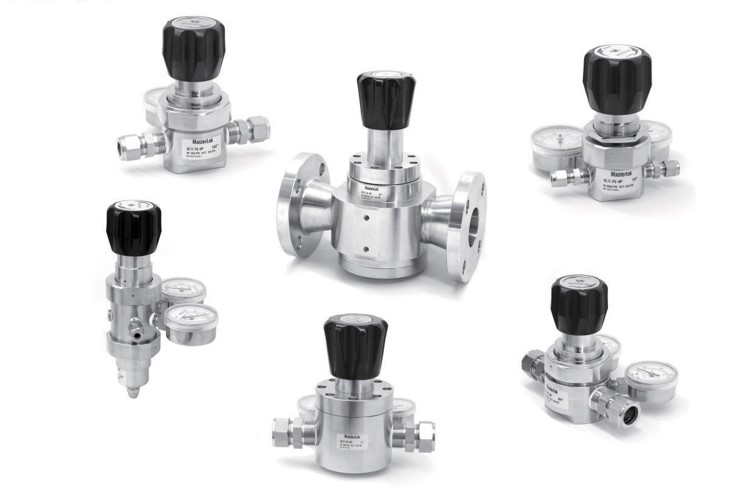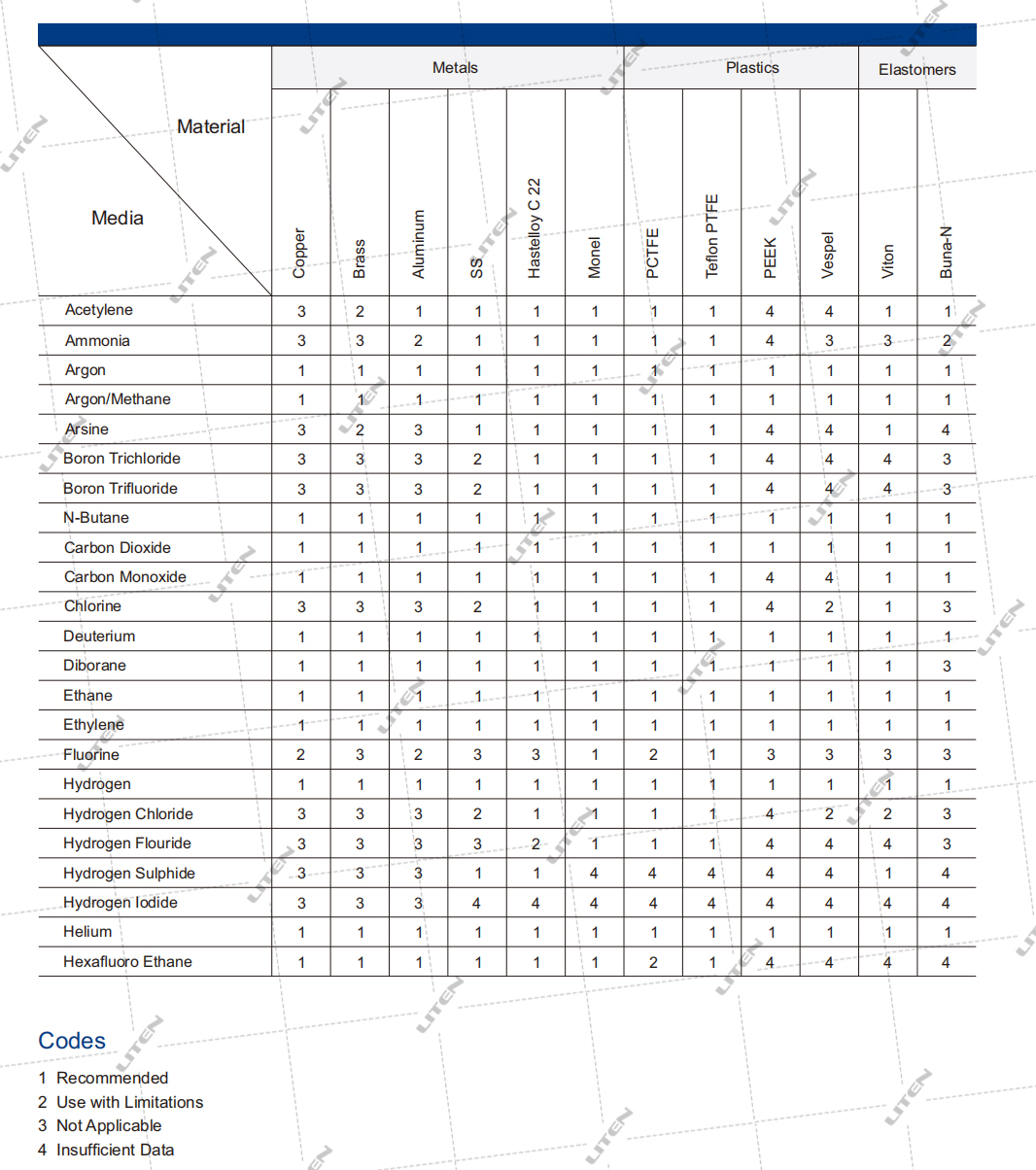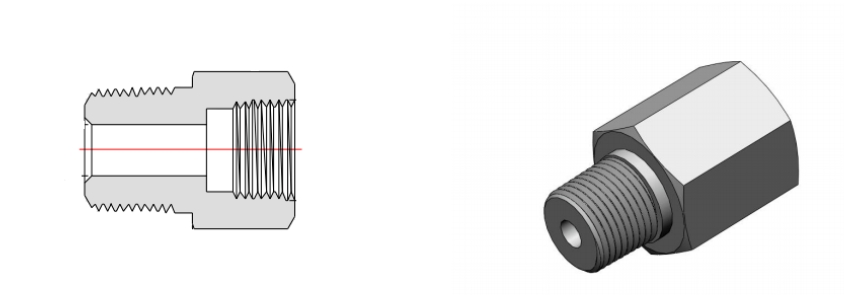BLOGS
How to Choose the Ideal Pressure Regulator: A Comprehensive Guide for Industrial Efficiency

How to Choose the Ideal Pressure Regulator: A Comprehensive Guide for Industrial Efficiency
Selecting an ideal pressure regulator can deliver significant benefits to your operations:
- Enhanced system efficiency
- Improved performance
- Reduced troubleshooting
- Lower safety risks
1. Inlet and Outlet Pressure: Defining the Scope of Your Pressure Reducing Valve
Every pressure regulator operates within a specific pressure range, dictated by your system’s upstream (inlet) and downstream (outlet) requirements.
- High-Pressure Gas Sources: For gas cylinders or LNG storage, a gas pressure regulator must handle extreme inlet pressure fluctuations (e.g., 3000 psi down to near-empty levels).
- Stable Systems: Downstream applications, like HVAC or medical gas systems, demand precision pressure control valves to maintain consistent output despite inlet variations.
Pro Tip: Always verify the maximum inlet pressure and desired outlet pressure of your system to narrow down valve options.
2. Temperature and Material: Ensuring Durability in Harsh Conditions
Temperature swings and corrosive environments dictate the choice of materials for pressure regulators:
- Stainless Steel: Ideal for chemical processing or semiconductor-grade ultra-high-purity pressure regulators. Surface treatments like electropolishing and passivation boost corrosion resistance and cleanliness.
- Specialized Seals: Fluorocarbon (FKM) or PTFE seals are essential for steam pressure regulators exposed to high heat, while cryogenic applications (e.g., LNG at -196°C) require materials resistant to extreme cold.

3.Media Type: Gas, Liquid, or Steam? Match the Regulator to Your Medium
The substance flowing through your system directly impacts valve selection:
- Gas Regulators: Designed for natural gas, hydrogen, or industrial gases, these often include anti-explosion features.
- Liquid Pressure Reducing Valves: Prioritize flow stability to prevent water hammer effects in hydraulic systems.
- Steam Pressure Regulators: Built to withstand high temperatures and pressures, commonly used in boilers or power plants
4. Connection Types: Aligning with Industry Leakage Standards
Leakage rates vary by sector, influencing connection methods:
- Semiconductor Manufacturing: Welded connections or face seal designs are mandatory for ultra-high-purity regulators to prevent contamination.
- Oil and Gas Pipelines: Robust NPT (National Pipe Tapered) threads dominate here, balancing high-pressure resilience with ease of installation.
- General Industry: Flanged or threaded connections offer flexibility for standard pressure control valves.

5. Smart Pressure Regulators: The Future of Fluid Control
With Industry 4.0 revolutionizing industrial automation, smart pressure regulators are gaining traction:
- Real-Time Monitoring: IoT-enabled valves provide live data on pressure, temperature, and flow rates via digital interfaces.
- Self-Calibration: Reduces maintenance needs in precision-driven fields like pharmaceuticals or semiconductor fabrication.
- Energy Efficiency: Adaptive algorithms optimize pressure settings, cutting operational costs in HVAC or compressed air systems.
PREVIOUS:Understanding Single-Stage vs. Two-Stage Pressure Regulators
No next

